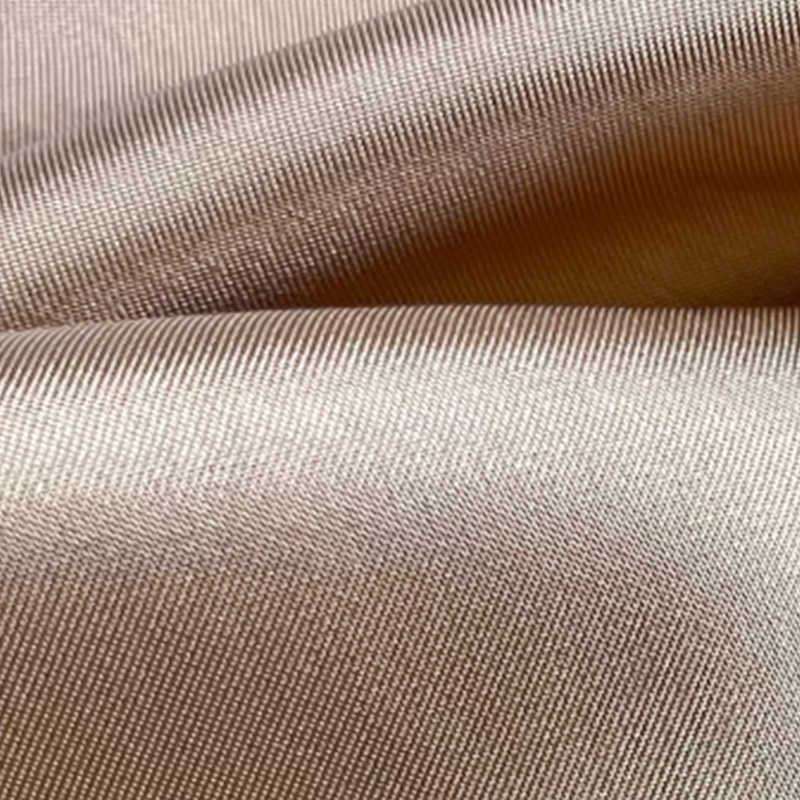Industry knowledge
The Importance of Sustainable Fabrics
Sustainable fabrics are becoming increasingly important in today's world as more people are becoming aware of the environmental impact of the fashion industry. Here are some of the key reasons why sustainable fabrics are important:
Environmental impact: The fashion industry is a significant contributor to environmental damage, including water pollution, chemical pollution, and greenhouse gas emissions. Sustainable fabrics help reduce the impact by using materials and production processes that are less harmful to the environment.
Social responsibility: Sustainable fabrics often come from sources that support fair trade practices and promote social responsibility. This means that the people involved in producing the fabrics are treated fairly and their livelihoods are protected.
Health benefits: Some traditional fabrics can be harmful to the health of the wearer, such as those treated with toxic chemicals. Sustainable fabrics are often made without harmful chemicals, making them safer and healthier for the people who wear them.
Longevity: Sustainable fabrics are often more durable than traditional fabrics, meaning they last longer and need to be replaced less frequently. This helps to reduce waste and conserve resources.
Innovation: The development of sustainable fabrics has led to new and innovative ways of producing textiles. This has opened up new possibilities for designers and consumers alike, offering a wider range of sustainable fashion choices.
Overall, sustainable fabrics are important for promoting a more responsible and ethical approach to fashion. By choosing sustainable fabrics, we can help reduce the negative impact of the fashion industry on the environment and society while still enjoying beautiful and high-quality clothing.
The Structure of Sustainable Fabrics
Sustainable fabrics can be made from a variety of materials, including natural fibers such as organic cotton, hemp, linen, and silk, as well as recycled materials like polyester and nylon. The structure of sustainable fabrics will depend on the specific material and production process used, but here are some general characteristics:
Natural fibers: Sustainable fabrics made from natural fibers will generally have a more breathable and comfortable feel compared to synthetic materials. They may also have unique textures and variations depending on the source and production process.
Recycled materials: Sustainable fabrics made from recycled materials often involve a process of breaking down existing fabrics or plastics and transforming them into new materials. This can result in a variety of textures and appearances, depending on the source material and production process.
Dyeing and printing: The color and pattern of sustainable fabrics can be achieved through natural dyeing processes, which use plant-based or other natural materials to create the desired hue. Alternatively, water-based or low-impact dyes can be used to reduce the environmental impact of dyeing processes.
Weaving and knitting: The structure of sustainable fabrics can be achieved through various weaving and knitting techniques, depending on the desired texture and weight. Sustainable fabrics may be woven or knitted in a variety of patterns and densities, resulting in unique textures and appearances.
Overall, the structure of sustainable fabrics will depend on the specific material and production process used. However, sustainable fabrics generally prioritize natural and recycled materials, as well as responsible production processes that minimize harm to the environment and prioritize the well-being of workers.


 中文简体
中文简体 Français
Français Deutsch
Deutsch italiano
italiano




















